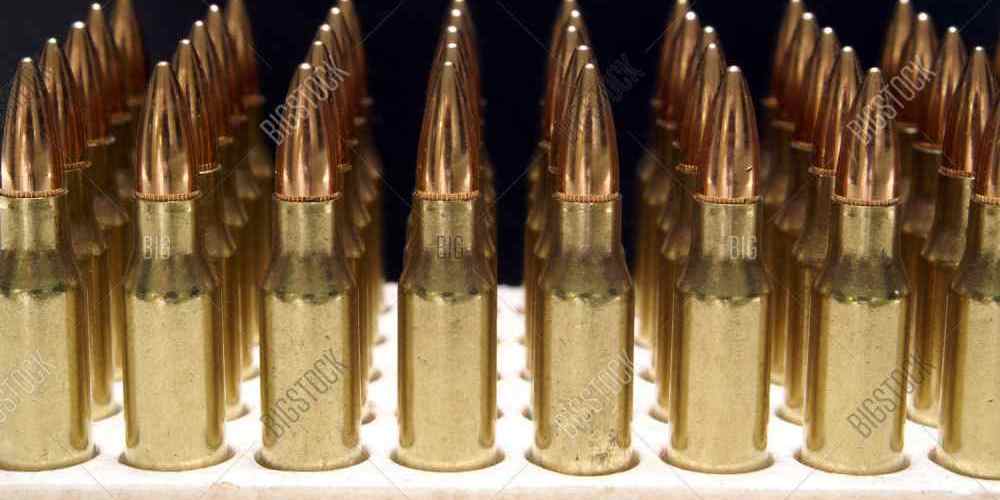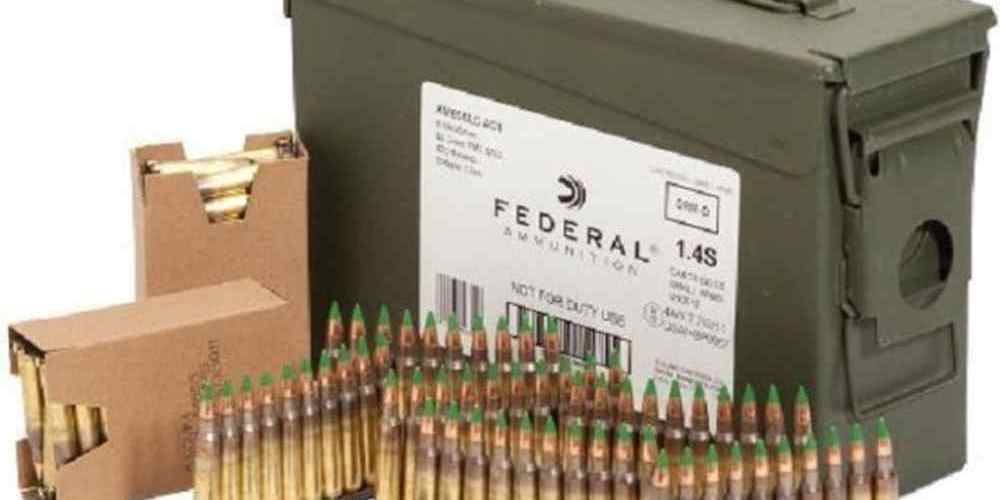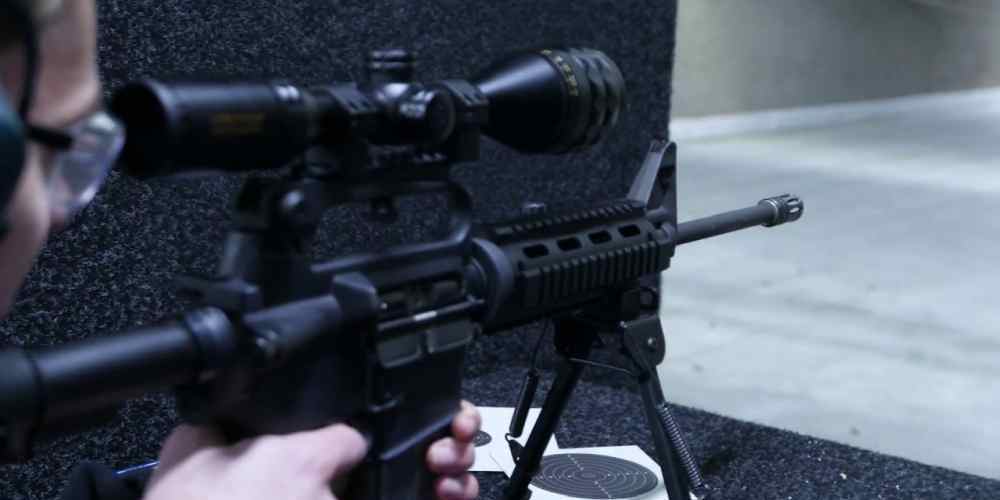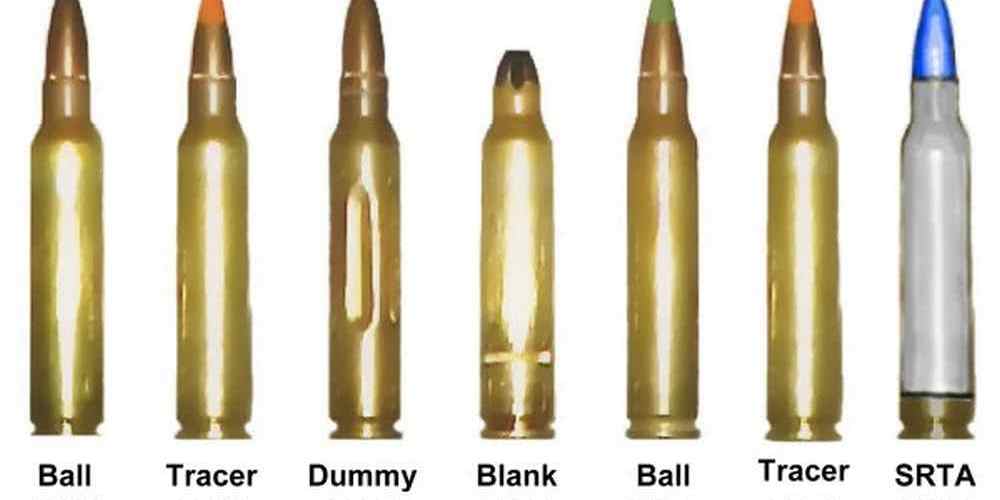NATO-Spec 5.56 AR15 Ammo: Built for battle, designed for precision.
Military Specifications for NATO 5.56 Ammo
When it comes to ammunition for the AR15 rifle, there is often confusion between NATO-spec 5.56 ammo and commercial .223 ammo. While these two types of ammunition may look similar, they are actually quite different in terms of their specifications and performance. Understanding the differences between NATO-spec 5.56 ammo and commercial .223 ammo is crucial for anyone who owns an AR15 rifle and wants to ensure they are using the right ammunition for their firearm.
One of the main differences between NATO-spec 5.56 ammo and commercial .223 ammo is the pressure at which they are loaded. NATO-spec 5.56 ammo is loaded to higher pressures than commercial .223 ammo, which can result in higher velocities and greater energy transfer upon impact. This higher pressure is designed to ensure reliable performance in military rifles, such as the M16 and M4, which are built to handle the increased pressure of the 5.56 round.
In addition to the higher pressure, NATO-spec 5.56 ammo also typically features a heavier bullet than commercial .223 ammo. The standard bullet weight for NATO-spec 5.56 is 62 grains, while commercial .223 ammo often features lighter bullets in the 55-60 grain range. The heavier bullet of the 5.56 round helps to improve terminal performance and penetration, making it more effective for military applications.
Another key difference between NATO-spec 5.56 ammo and commercial .223 ammo is the chamber dimensions of the rifles they are designed for. While most AR15 rifles are chambered for both 5.56 and .223, there are slight differences in the chamber dimensions that can affect the performance of the ammunition. NATO-spec 5.56 ammo is designed to be fired in rifles with a 5.56 chamber, which has a longer leade and throat than a .223 chamber. Firing 5.56 ammo in a .223 chamber can lead to increased pressure and potential safety hazards, so it is important to use the correct ammunition for your rifle.
It is also worth noting that while NATO-spec 5.56 ammo can be safely fired in a rifle chambered for .223, the reverse is not true. Firing commercial .223 ammo in a rifle chambered for 5.56 can lead to reliability issues and decreased performance, as the .223 round may not generate enough pressure to cycle the action properly. This is why it is always recommended to use NATO-spec 5.56 ammo in rifles chambered for 5.56, to ensure optimal performance and reliability.
In conclusion, NATO-spec 5.56 ammo is different from commercial .223 ammo in terms of pressure, bullet weight, and chamber dimensions. Understanding these differences is crucial for anyone who owns an AR15 rifle and wants to ensure they are using the right ammunition for their firearm. By using NATO-spec 5.56 ammo in rifles chambered for 5.56, shooters can enjoy reliable performance and optimal terminal ballistics.
Ballistic Performance Differences
When it comes to ammunition for the AR15 platform, there is often confusion surrounding the differences between NATO-spec 5.56 ammo and commercial .223 ammo. While these two types of ammunition may appear similar at first glance, there are some key differences that set them apart, particularly in terms of ballistic performance.
One of the main differences between NATO-spec 5.56 ammo and commercial .223 ammo lies in the pressure levels at which they are loaded. NATO-spec 5.56 ammo is loaded to higher pressure levels than commercial .223 ammo, which can result in increased muzzle velocity and energy. This higher pressure can also lead to increased wear and tear on the firearm, so it is important to ensure that your AR15 is rated for use with 5.56 ammo before using it.

In addition to pressure levels, another factor that sets NATO-spec 5.56 ammo apart from commercial .223 ammo is the bullet design. NATO-spec 5.56 ammo typically features a heavier, longer bullet with a steel core, which can result in better penetration and terminal performance compared to commercial .223 ammo. This can be particularly important in military applications where the ability to penetrate barriers and incapacitate targets is crucial.
Furthermore, NATO-spec 5.56 ammo is often designed to meet specific military requirements, such as the ability to penetrate body armor or defeat light vehicles. This can result in ammunition that is optimized for performance in combat situations, with a focus on reliability, consistency, and accuracy. Commercial .223 ammo, on the other hand, may be designed with different priorities in mind, such as cost-effectiveness or target shooting.
When it comes to ballistic performance, NATO-spec 5.56 ammo typically outperforms commercial .223 ammo in terms of muzzle velocity, energy, and penetration. This can be attributed to the higher pressure levels at which 5.56 ammo is loaded, as well as the design of the bullets themselves. In practical terms, this means that NATO-spec 5.56 ammo may be more effective at longer ranges, or when faced with barriers or obstacles that commercial .223 ammo may struggle to penetrate.
It is important to note that while NATO-spec 5.56 ammo may offer superior ballistic performance compared to commercial .223 ammo, this does not necessarily mean that one is better than the other. The choice between the two types of ammunition will ultimately depend on your specific needs and preferences. If you are looking for ammunition that is optimized for combat or self-defense purposes, NATO-spec 5.56 ammo may be the better choice. On the other hand, if you are primarily interested in target shooting or plinking, commercial .223 ammo may be more than sufficient for your needs.
In conclusion, the ballistic performance differences between NATO-spec 5.56 ammo and commercial .223 ammo are significant and can have a real impact on the effectiveness of your AR15. Understanding these differences can help you make an informed decision when selecting ammunition for your firearm, ensuring that you have the right tools for the job.
Pressure Levels and Chamber Dimensions
When it comes to ammunition for AR15 rifles, there is often confusion surrounding the differences between NATO-spec 5.56 ammo and commercial .223 ammo. One of the key distinctions between the two types of ammunition lies in the pressure levels and chamber dimensions they are designed for.
NATO-spec 5.56 ammunition is designed to meet the specifications set by the North Atlantic Treaty Organization (NATO) for military use. These specifications include higher pressure levels compared to commercial .223 ammunition. The higher pressure levels of 5.56 ammo are intended to provide increased velocity and energy, which can be beneficial in military applications where stopping power and penetration are crucial.
On the other hand, commercial .223 ammunition is typically loaded to lower pressure levels compared to 5.56 ammo. This is because commercial rifles chambered in .223 are designed with tighter chamber dimensions that cannot accommodate the higher pressure levels of 5.56 ammunition. Using 5.56 ammo in a rifle chambered for .223 can lead to dangerous overpressure situations, potentially causing damage to the rifle and posing a safety risk to the shooter.
It is important for shooters to understand the differences in pressure levels and chamber dimensions between NATO-spec 5.56 ammo and commercial .223 ammo to ensure safe and reliable performance of their rifles. Using the wrong type of ammunition can have serious consequences, so it is essential to always check the markings on your rifle to determine which type of ammunition is safe to use.
In addition to pressure levels and chamber dimensions, another factor that sets NATO-spec 5.56 ammo apart from commercial .223 ammo is the construction of the cartridges themselves. NATO-spec 5.56 ammunition is typically loaded with full metal jacket bullets, which are designed for maximum penetration and performance against hard targets. This type of bullet construction is favored in military applications where the ability to penetrate barriers and armor is important.
On the other hand, commercial .223 ammunition is available in a wider variety of bullet types, including hollow point, soft point, and ballistic tip designs. These bullets are designed for hunting and self-defense applications, where expansion and energy transfer are key factors in achieving quick and humane kills. While some commercial .223 ammunition may also be loaded with full metal jacket bullets, shooters have more options when it comes to selecting the right bullet type for their specific needs.
In conclusion, the differences in pressure levels, chamber dimensions, and bullet construction between NATO-spec 5.56 ammo and commercial .223 ammo are important considerations for shooters. Understanding these differences can help shooters make informed decisions about which type of ammunition is best suited for their rifles and intended use. By using the correct ammunition for your rifle, you can ensure safe and reliable performance while maximizing the effectiveness of your shooting experience.
Quality Control Standards
When it comes to ammunition for your AR15 rifle, it’s important to understand the differences between NATO-spec 5.56 ammo and commercial .223 ammo. While these two types of ammunition may seem similar at first glance, there are some key distinctions that set them apart. One of the main differences between NATO-spec 5.56 ammo and commercial .223 ammo is the quality control standards that each type of ammunition must meet.
NATO-spec 5.56 ammunition is manufactured to meet strict quality control standards set by the North Atlantic Treaty Organization (NATO). These standards ensure that the ammunition is reliable, consistent, and safe to use in military rifles like the AR15. In order to meet these standards, manufacturers must adhere to specific guidelines for the production of 5.56 ammunition, including the use of high-quality materials and rigorous testing procedures.
Commercial .223 ammunition, on the other hand, is typically manufactured to less stringent quality control standards. While some manufacturers may choose to adhere to certain industry standards for the production of .223 ammo, there is no universal set of guidelines that all commercial ammunition must meet. This can lead to inconsistencies in the quality and performance of .223 ammo, which may not be suitable for use in military rifles like the AR15.
One of the key differences in quality control standards between NATO-spec 5.56 ammo and commercial .223 ammo is the pressure at which the ammunition is loaded. NATO-spec 5.56 ammunition is loaded to higher pressures than commercial .223 ammo, which can affect the performance of the ammunition in a rifle like the AR15. The higher pressure of 5.56 ammo can result in increased velocity and energy, which can improve the accuracy and effectiveness of the ammunition.
In addition to pressure differences, NATO-spec 5.56 ammunition is also subject to more rigorous testing procedures than commercial .223 ammo. Manufacturers of 5.56 ammunition must conduct extensive testing to ensure that the ammunition meets NATO’s strict quality control standards. This testing includes checks for consistency, reliability, and safety, as well as ballistic performance testing to ensure that the ammunition performs as expected in a military rifle like the AR15.
Commercial .223 ammunition, on the other hand, may not be subject to the same level of testing and quality control as NATO-spec 5.56 ammo. This can result in variations in the quality and performance of .223 ammo, which may not be suitable for use in a military rifle like the AR15. In some cases, commercial .223 ammo may not meet the same standards for consistency, reliability, and safety as NATO-spec 5.56 ammo, which can impact the performance of the ammunition in a rifle like the AR15.
In conclusion, the quality control standards for NATO-spec 5.56 ammunition are much higher than those for commercial .223 ammunition. Manufacturers of 5.56 ammo must adhere to strict guidelines set by NATO to ensure that the ammunition is reliable, consistent, and safe to use in military rifles like the AR15. By understanding the differences in quality control standards between NATO-spec 5.56 ammo and commercial .223 ammo, you can make an informed decision about which type of ammunition is best for your AR15 rifle.
Compatibility with AR15 Rifles
If you own an AR15 rifle, you may have come across the terms NATO-spec 5.56 ammo and commercial .223 ammo. While these two types of ammunition may seem similar at first glance, there are some key differences that you should be aware of. Understanding these differences can help you make informed decisions when it comes to choosing the right ammo for your AR15 rifle.
One of the main differences between NATO-spec 5.56 ammo and commercial .223 ammo is their pressure levels. NATO-spec 5.56 ammo is loaded to higher pressure levels than commercial .223 ammo. This higher pressure can result in increased velocity and energy when the round is fired. While this may seem like a good thing, it can actually cause problems when using 5.56 ammo in a rifle chambered for .223.
When you fire a round of 5.56 ammo in a rifle chambered for .223, the higher pressure levels can put additional stress on the rifle’s components. This can lead to increased wear and tear on the rifle, potentially causing malfunctions or even damage to the firearm. In some cases, using 5.56 ammo in a .223 rifle can void the manufacturer’s warranty.
On the other hand, using .223 ammo in a rifle chambered for 5.56 is generally safe. The lower pressure levels of .223 ammo are unlikely to cause any issues when fired in a rifle designed for 5.56. However, it’s important to note that using .223 ammo in a 5.56 rifle may result in slightly reduced performance compared to using 5.56 ammo.
Another important difference between NATO-spec 5.56 ammo and commercial .223 ammo is their bullet construction. NATO-spec 5.56 ammo typically uses a full metal jacket (FMJ) bullet, while commercial .223 ammo may use a variety of bullet types, including hollow point, soft point, or ballistic tip bullets. The FMJ bullets used in 5.56 ammo are designed for military use and are optimized for penetration and reliability.
While FMJ bullets are effective for military applications, they may not be the best choice for hunting or self-defense. Hollow point or soft point bullets are designed to expand upon impact, creating a larger wound channel and increasing the likelihood of a quick, humane kill. If you plan on using your AR15 rifle for hunting or self-defense, you may want to consider using commercial .223 ammo with a bullet type that is better suited to your needs.
In conclusion, NATO-spec 5.56 ammo and commercial .223 ammo are not interchangeable, despite their similarities. It’s important to understand the differences between these two types of ammunition and choose the right ammo for your AR15 rifle based on your intended use. Using the wrong type of ammo can lead to issues with your rifle’s performance and potentially put your safety at risk. By taking the time to educate yourself on the differences between NATO-spec 5.56 ammo and commercial .223 ammo, you can ensure that you are making informed decisions when it comes to selecting ammunition for your AR15 rifle.






